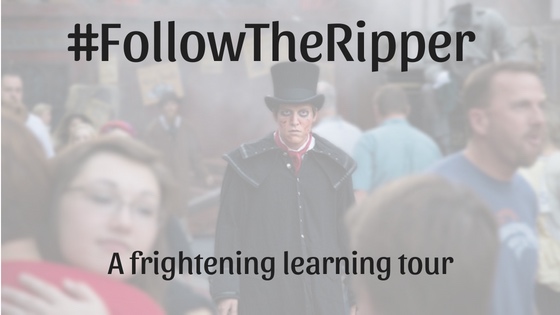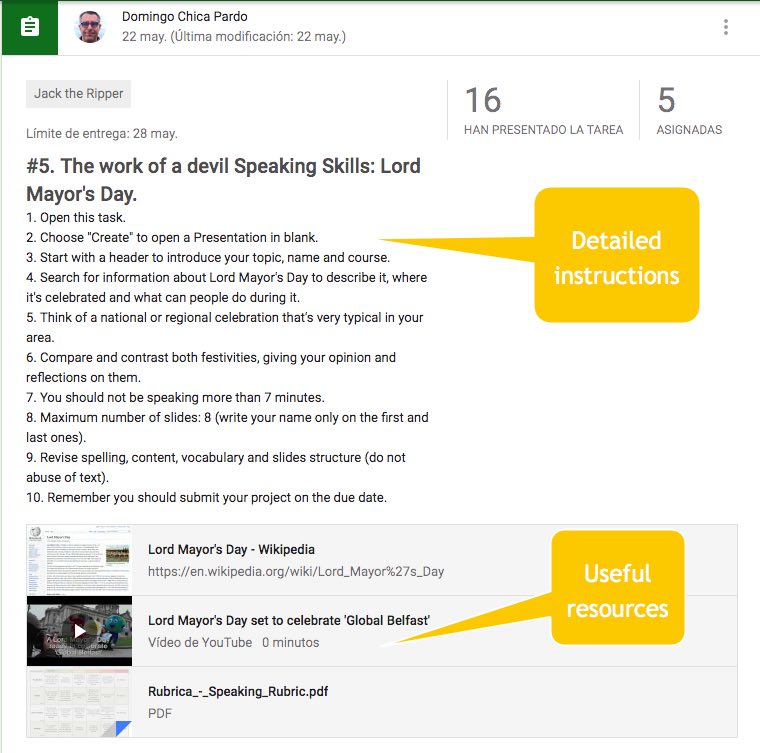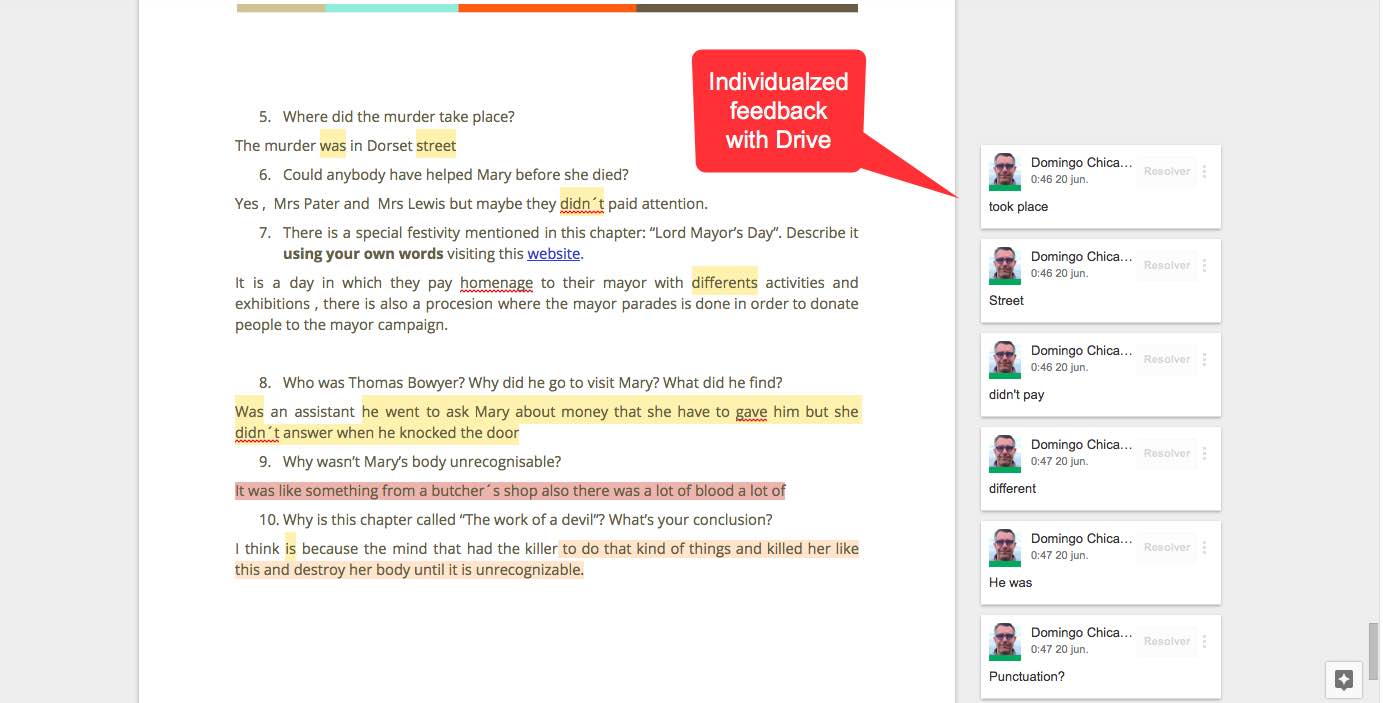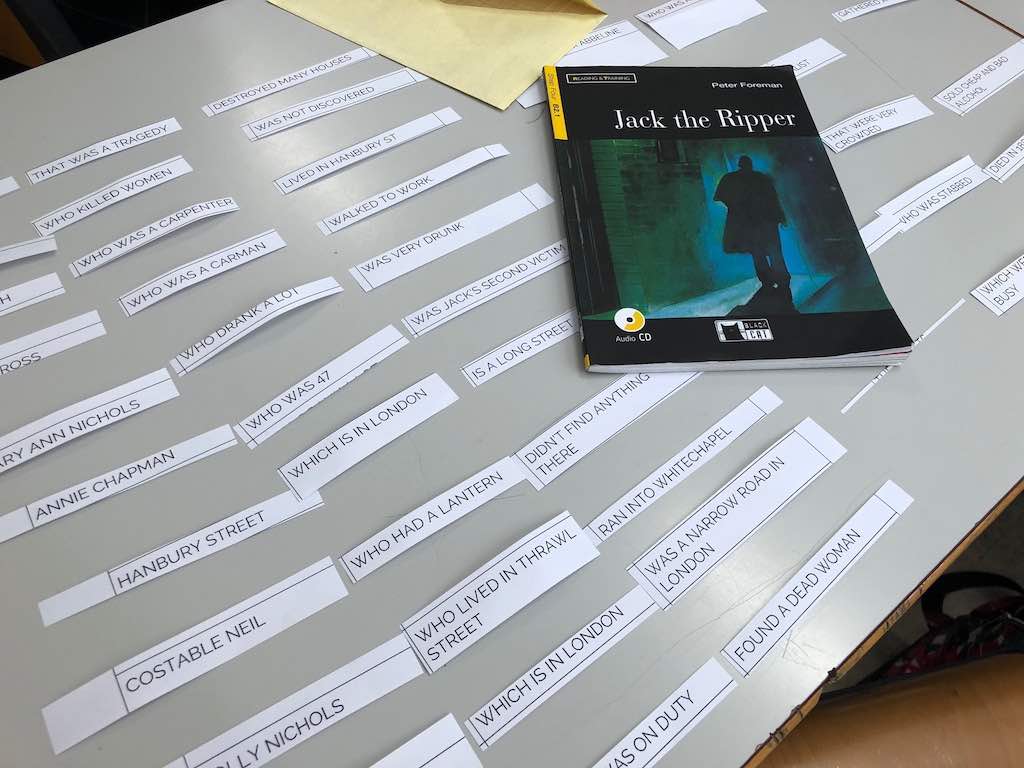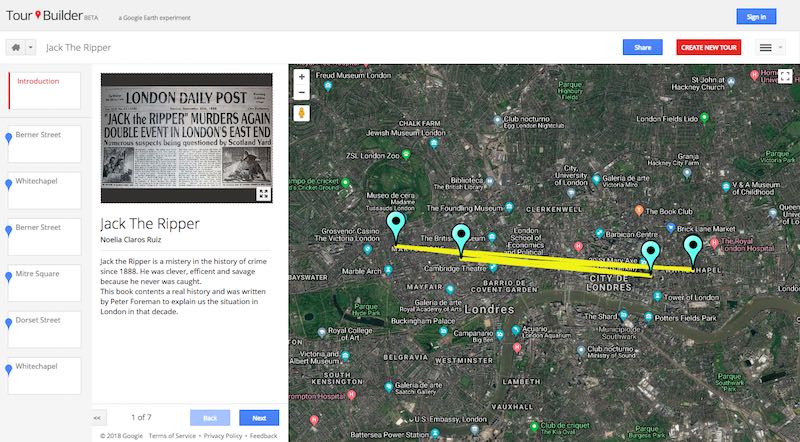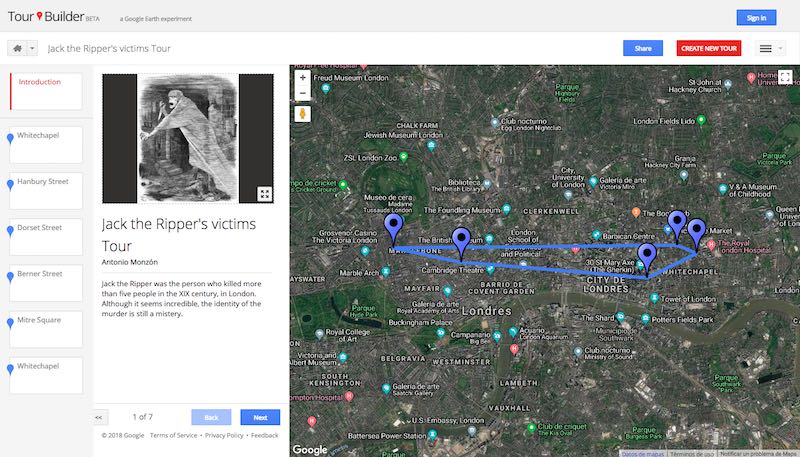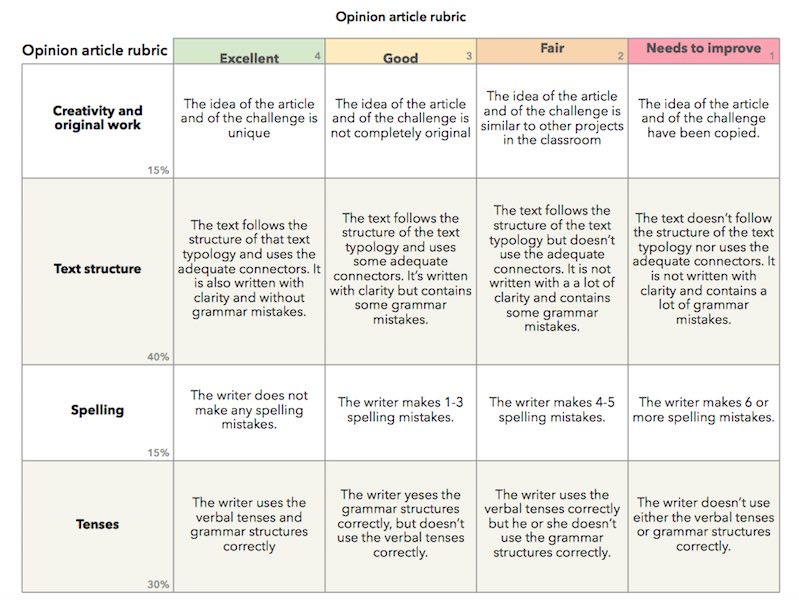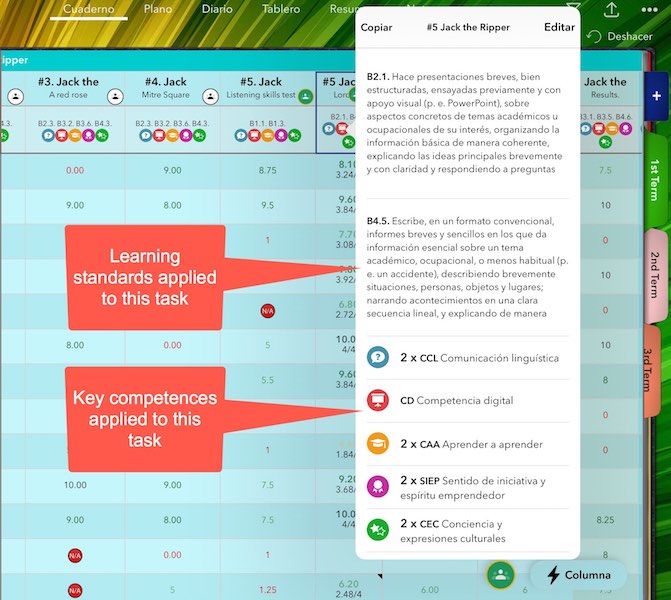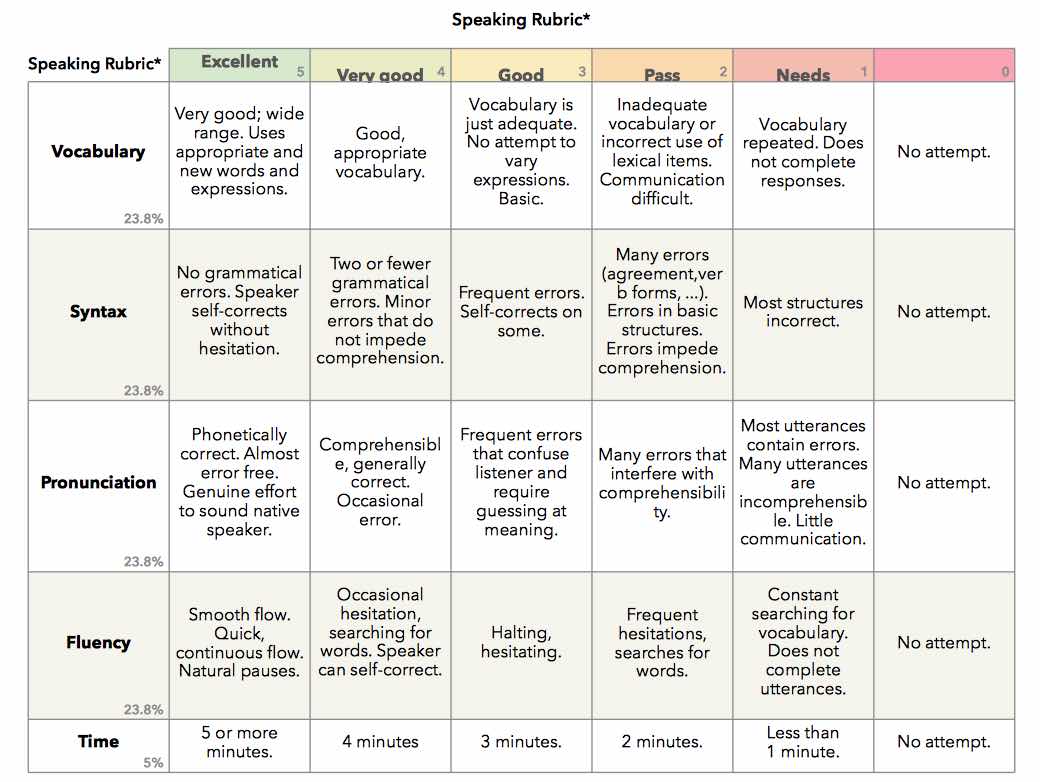The way English Language Learners usually face graded readers is based on comprehension activities about content and vocabulary checking. The way, we as teachers, may work on reading skills can be more engaging and self-paced by students introducing some tools that can boost students’ curiosity and engagement to go further from reading. Taking this into consideration, I found out that the four language English skills can be developed integrating the assessment criteria, learning standards and discursive elements with the tools that Gsuite for Education offers both to teachers and students. Then, #FollowTheRipper PBL was born.
In the third term, we looked for a book that could combine a rich grammar content, extended vocabulary and the possibility to learn about British culture and Literature, taking the title as a starting point to add both the academic contents from our Spanish curriculum in English Language and the chance for students to apply them in a real meaningful down-to-earth context. It gave us the possibility to work differently on each chapter (combining listening with writing; reading with speaking…), because each chapter was considered as a unit, but related among them all. “Jack, the Ripper” was our choice.
The project was introduced with the engagement element in form of a video. Then, we set the classroom in groups, gave roles and presented the way we would be working on. After that, I created the activities for each chapter. They were hyperlinked so that students could search for more information and investigate about the content or topic related within that specific chapter. For example, I used some locations (Whitechapel Road) to add a link to Google Maps that could give students the necessary visual information to develop their writing skills using prepositions of place, relative clauses or sentence structure. I think it is pretty productive for students to be given visual resources of information that will give them the opportunity to deepen into the reading; its locations, its places…etc. We used Google Classroom to share homework, to revise and assess their work and to give them individual feedback through the comments function of Google Docs and Presentations.
